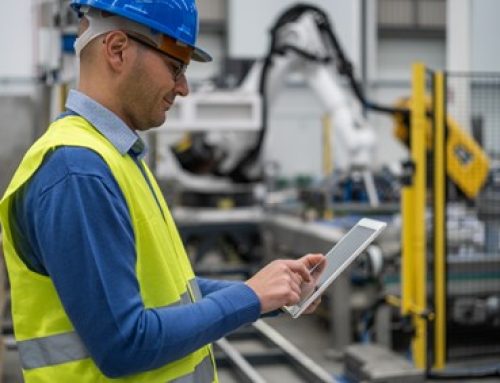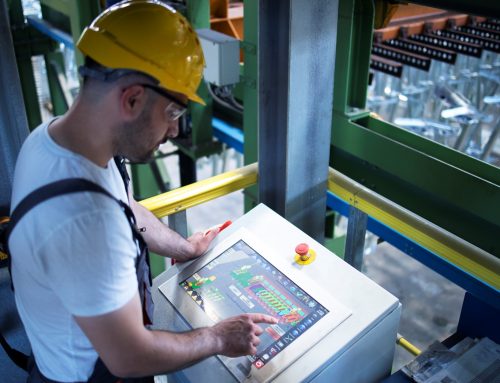Discover the benefits of industrial mobility!
Industry 4.0 brought several innovations, such as the connection and integration between devices and processes. Factories are no longer operating their activities in isolation, and are evolving towards a new model of mobility in the industry.
How does mobility apply to industry?
The definition of mobility is connected with the ability to access information wherever we are. Within the industrial environment, this demonstrates technological advances. Information that used to be stored on paper can now be accessed by devices such as smartphones and tablets, facilitating and streamlining the decision-making process by accessing a digital platform.
Check the Industrial mobility trends
The main mobility trends in the industry are
Internet of Things (IoT) – One of the great technologies of Industry 4.0. It allows devices to communicate through connections made over wireless networks, enabling an easy exchange of data in real time. Using Tablets and Smartphones: Managers and supervisors can access important information wherever they are. This optimizes decision-making, as a result of monitoring activities in real time.
Use of the cloud: It is seen as a complement to mobility, as it decentralizes data storage, making it possible for them to be accessed anywhere, if a network is available.
Choosing the best solution
First, you must list your company’s demands. Then you need to identify places where some devices cannot be operated. Good examples of this are risk zones, or those areas where radio frequencies are prohibited. A solution for this case would be to look for approved devices that work under such conditions. As the mobility solutions that will be adopted will have to be efficient, look for suppliers and companies that are reliable and references in the market.
Benefits provided by mobility in the industry
As mentioned before, one of the main advantages is the increased agility on making decisions, as access to information allows them to be verified anywhere. This makes maintenance much faster, increasing productivity, and may even reduce costs for the company.






Leave A Comment